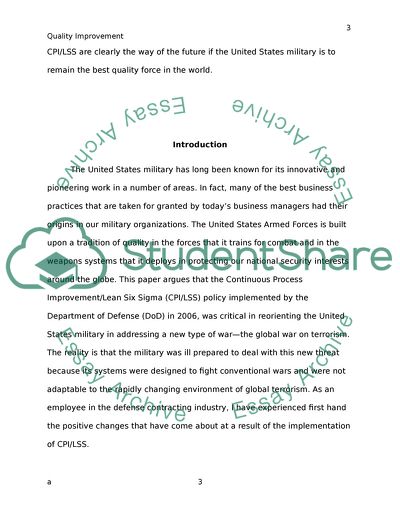Cite this document
(Continuous Quality Improvement in the U.S.A. Military Term Paper, n.d.)
Continuous Quality Improvement in the U.S.A. Military Term Paper. https://studentshare.org/military/1738325-my-organization-and-life
Continuous Quality Improvement in the U.S.A. Military Term Paper. https://studentshare.org/military/1738325-my-organization-and-life
(Continuous Quality Improvement in the U.S.A. Military Term Paper)
Continuous Quality Improvement in the U.S.A. Military Term Paper. https://studentshare.org/military/1738325-my-organization-and-life.
Continuous Quality Improvement in the U.S.A. Military Term Paper. https://studentshare.org/military/1738325-my-organization-and-life.
“Continuous Quality Improvement in the U.S.A. Military Term Paper”. https://studentshare.org/military/1738325-my-organization-and-life.


